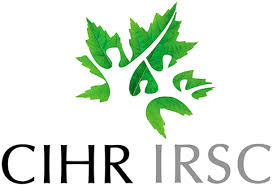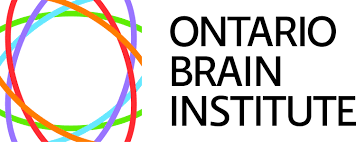Our research revolves around three pivotal and complementary themes that are all linked by the overarching program of developing novel computational/AI tools for neuroscience research. This work can lead to the identification of novel translational biomarkers and therapeutic targets, advance our understanding of the pathophysiologic mechanisms of circuit disorders, and improve cognitive and functional outcomes through earlier and more personalized treatments and prevention strategies.
THEME I. MAPPING OF NEURONAL & VASCULAR BRAIN NETWORKS
Mapping brain networks across the resolutions of measurement is essential for the delineation of structural and/or functional changes specific to aging and disease. Recent advances in imaging technology and clearing techniques, enable high-fidelity, whole-brain mapping of tracers, cell distributions and processes in intact brain tissue; generating tera-scale (very large), complex and computationally demanding 3D datasets. We are developing and validating neural networks and computational methods for precise, fast and automated whole-brain mapping of connectivity and vasculature, and for integrated analysis of multimodal data across spatial scales. We aim to define signatures of circuit dysfunction that could serve as novel outcome measures in neurological disorders.
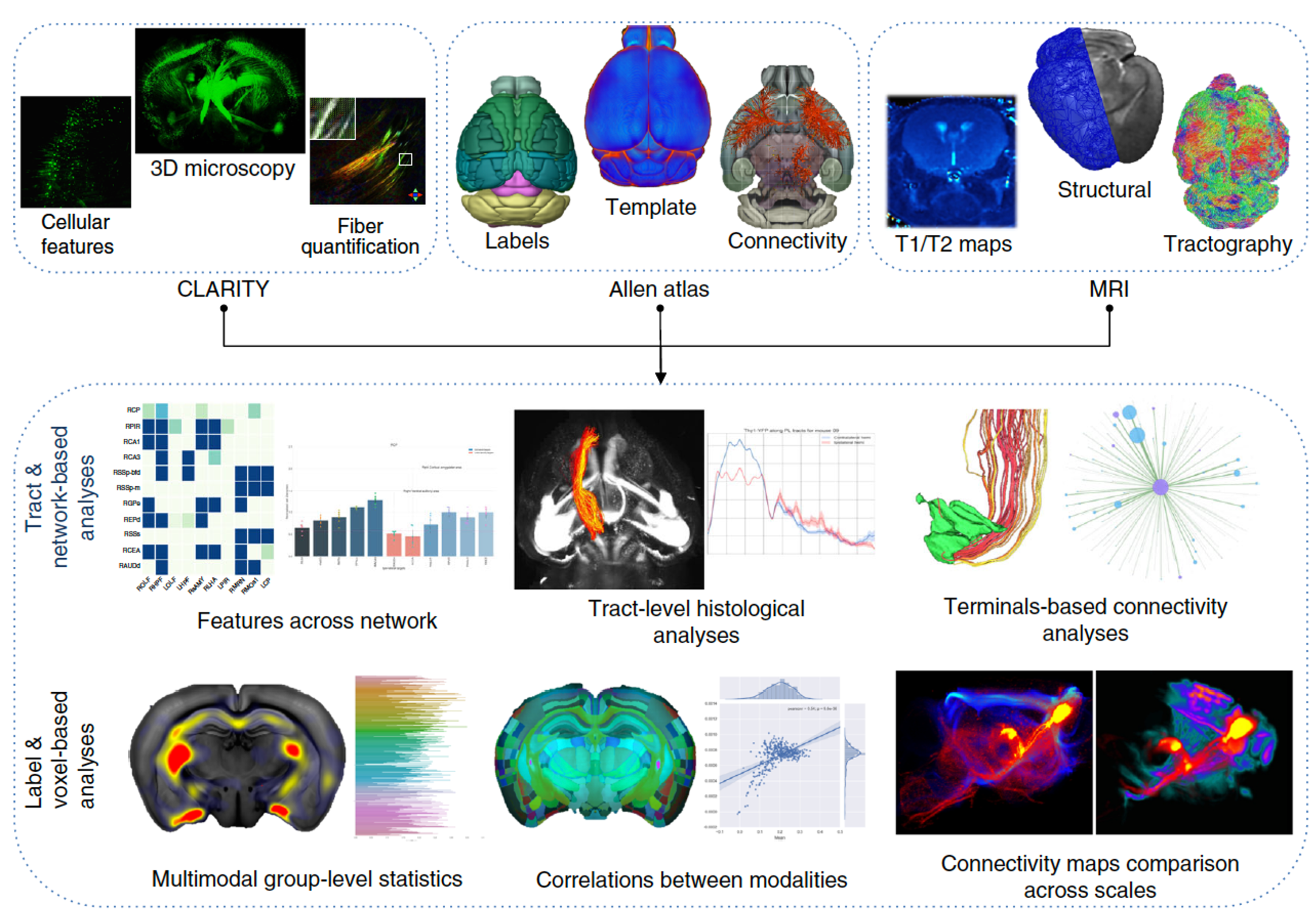
Automated computational pipeline that couples MRI with cellular information/pathology from 3D histology to model and understand brain-wide circuit alterations

Studying spatio-temporal stroke effects on connected regions across the whole brain

Machine learning alogrithms for high-throughput analysis of cerebrovascular networks
THEME II. ADVANCED, MULTIMODAL (NEURO)IMAGE ANALYSES
Neurodegenerative diseases are predicted to surpass cancer as the 2nd leading cause of death by 2040. Our work aims to understand and predict (structural, functional & vascular) brain network re-organization in Alzheimer’s disease and other neurodegenerative disorders. We are developing state-of-the-art image processing and connectivity analysis pipelines, with AI modules including structure & lesion segmentation, image registration, super-resolution, and quality control. To improve personalized treatments and outcomes of patients neurological and psychiatric disorders, we are investigating the effects of MR-guided focused ultrasound on the morphology, (structural and functional) connectivity, and metabolism of the brain, during transient blood-brain barrier opening or minimally-invasive ablative neurosurgery.
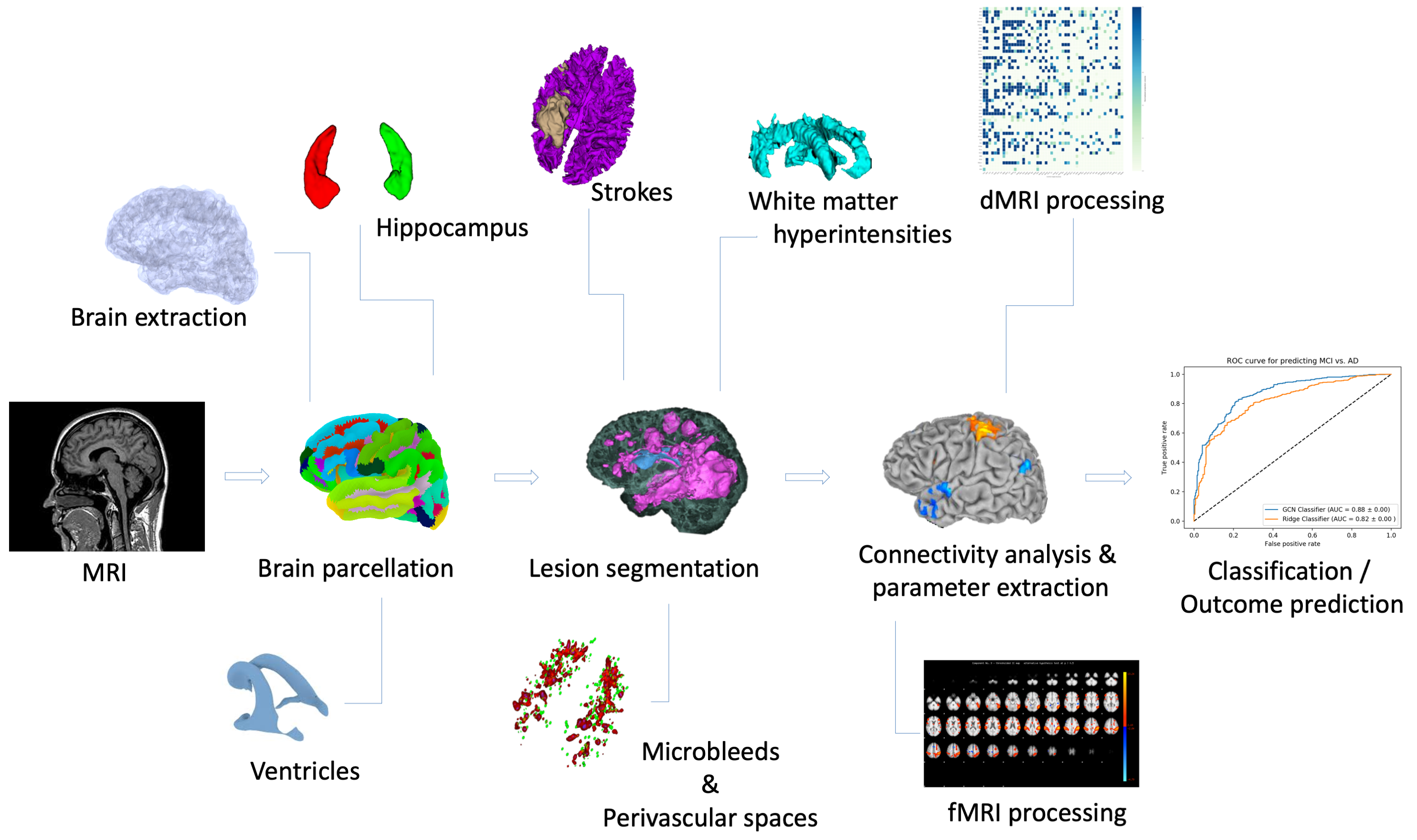
Automated pipelines for image segmentation, connectivity analyses, and patient classification/outcome prediction
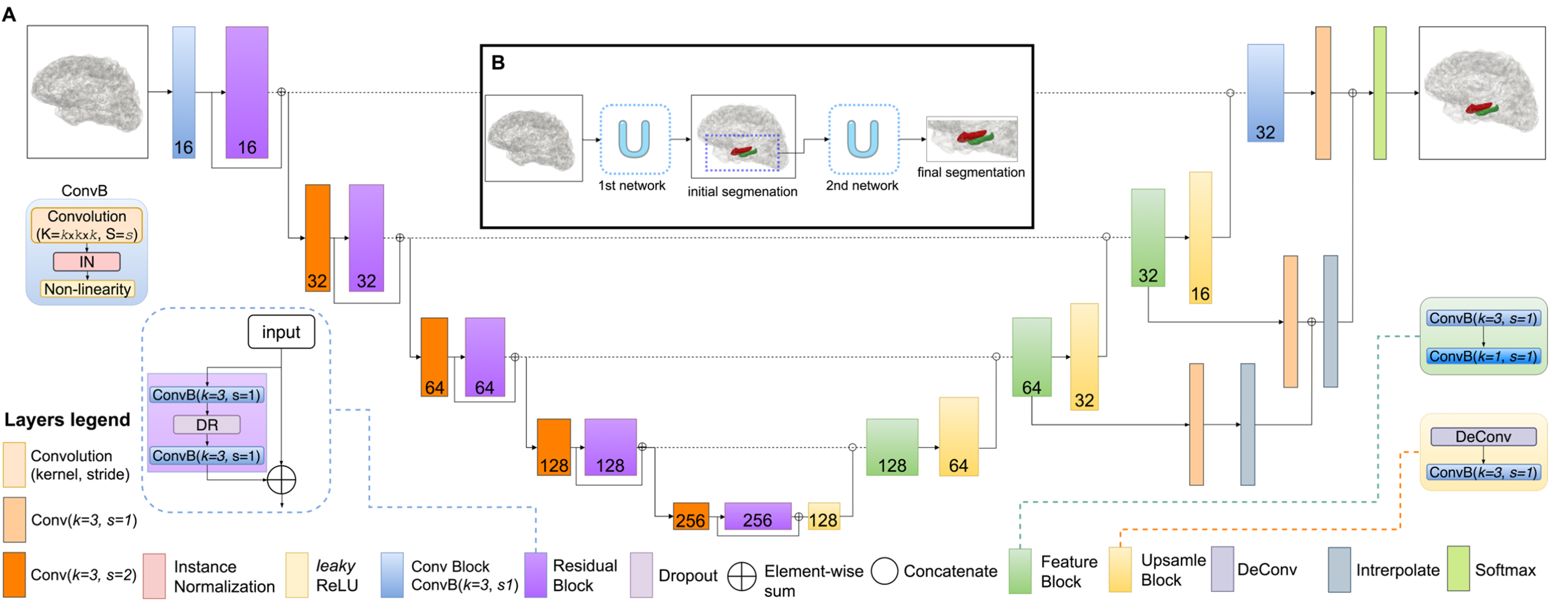
Deep neural network model development and optimization

Understanding brain (re)organization and architecture in disease through connectomics, graph theory and gradient-based analyses.
THEME III. PREDICTIVE MODELLING & HYBRID LEARNING
Our group is applying cutting-edge AI techniques to build and validate predictive & prognostic tools, employing a diverse set of imaging, clinical and genomic data, to predict patient outcomes and cognitive decline, identify at-risk individuals, as well as unique patient sub-populations. We aim to develop AI networks to guide clinical decision making and save critical time in the context of stroke and brain trauma, providing invaluable help to clinical care teams.
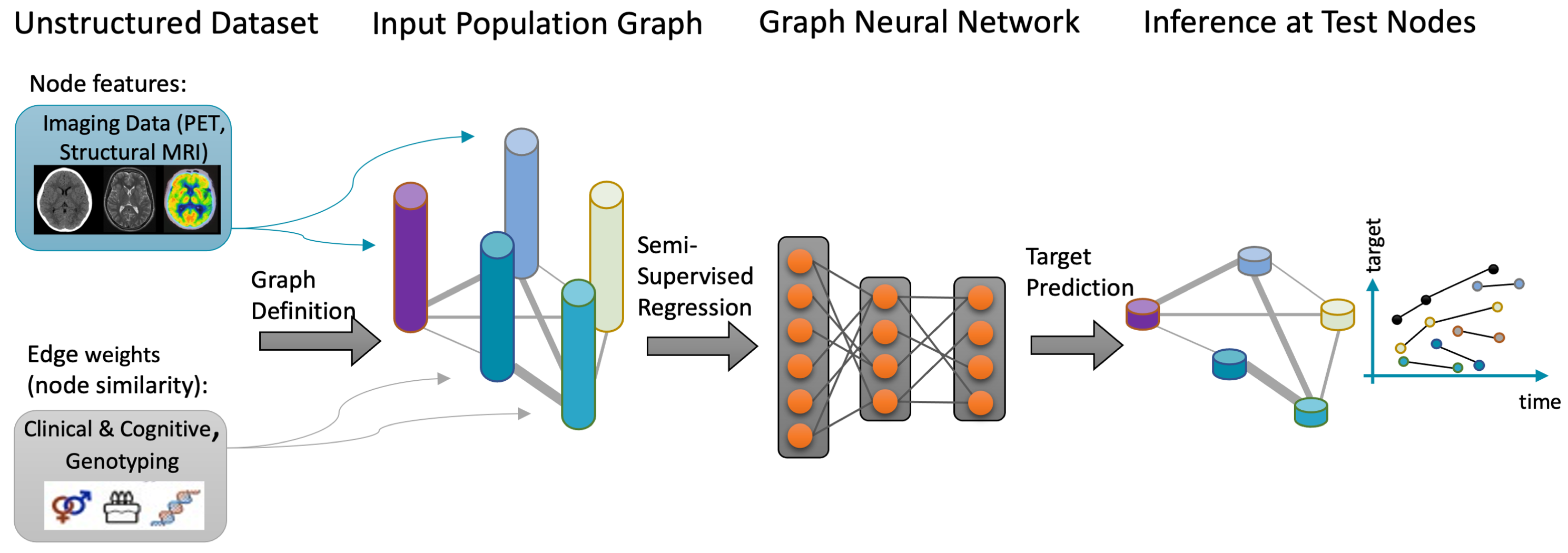
Predicting subject-specific longitudinal cognitive outcomes
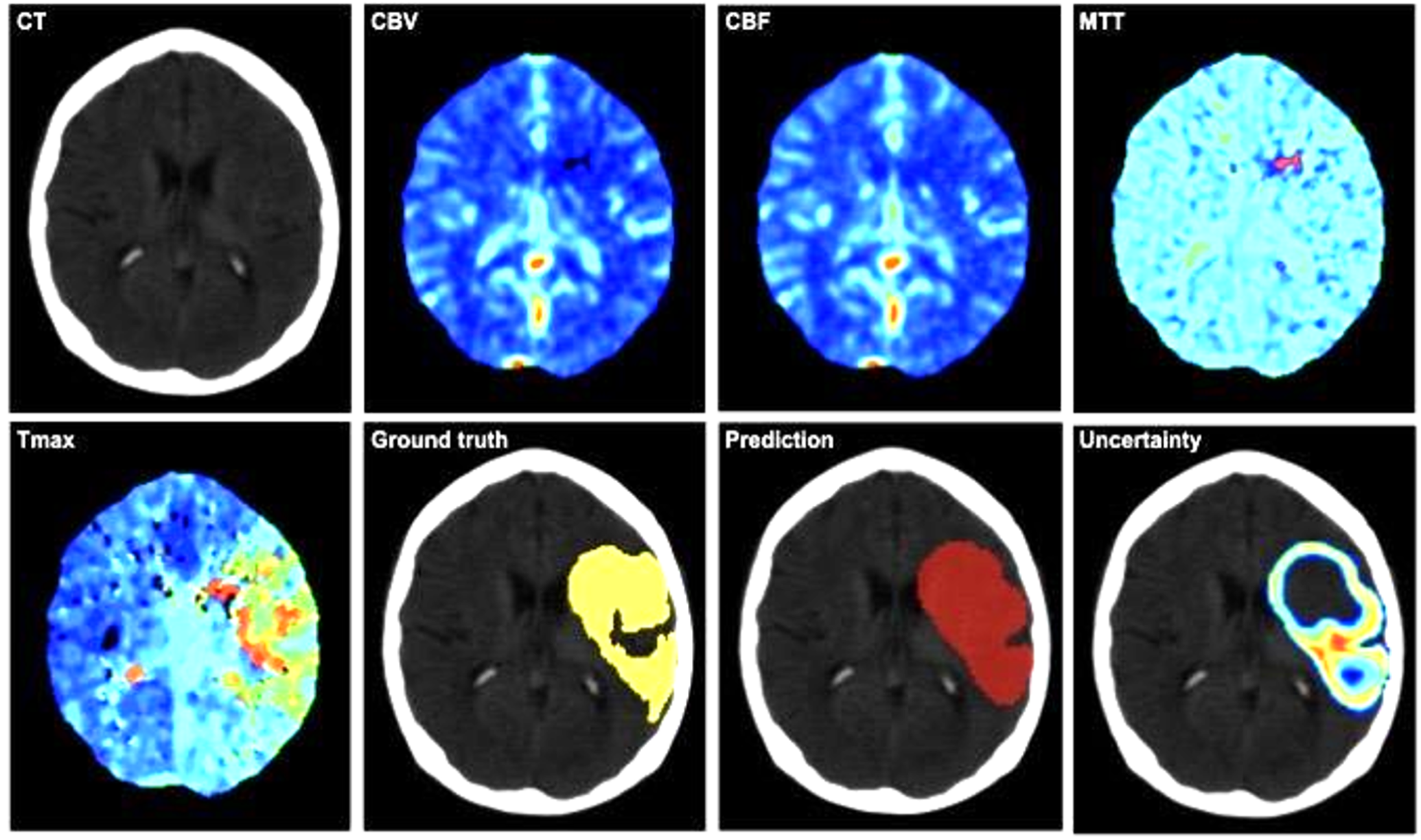
Bayesian neural networks for guiding patient selection in acute stroke
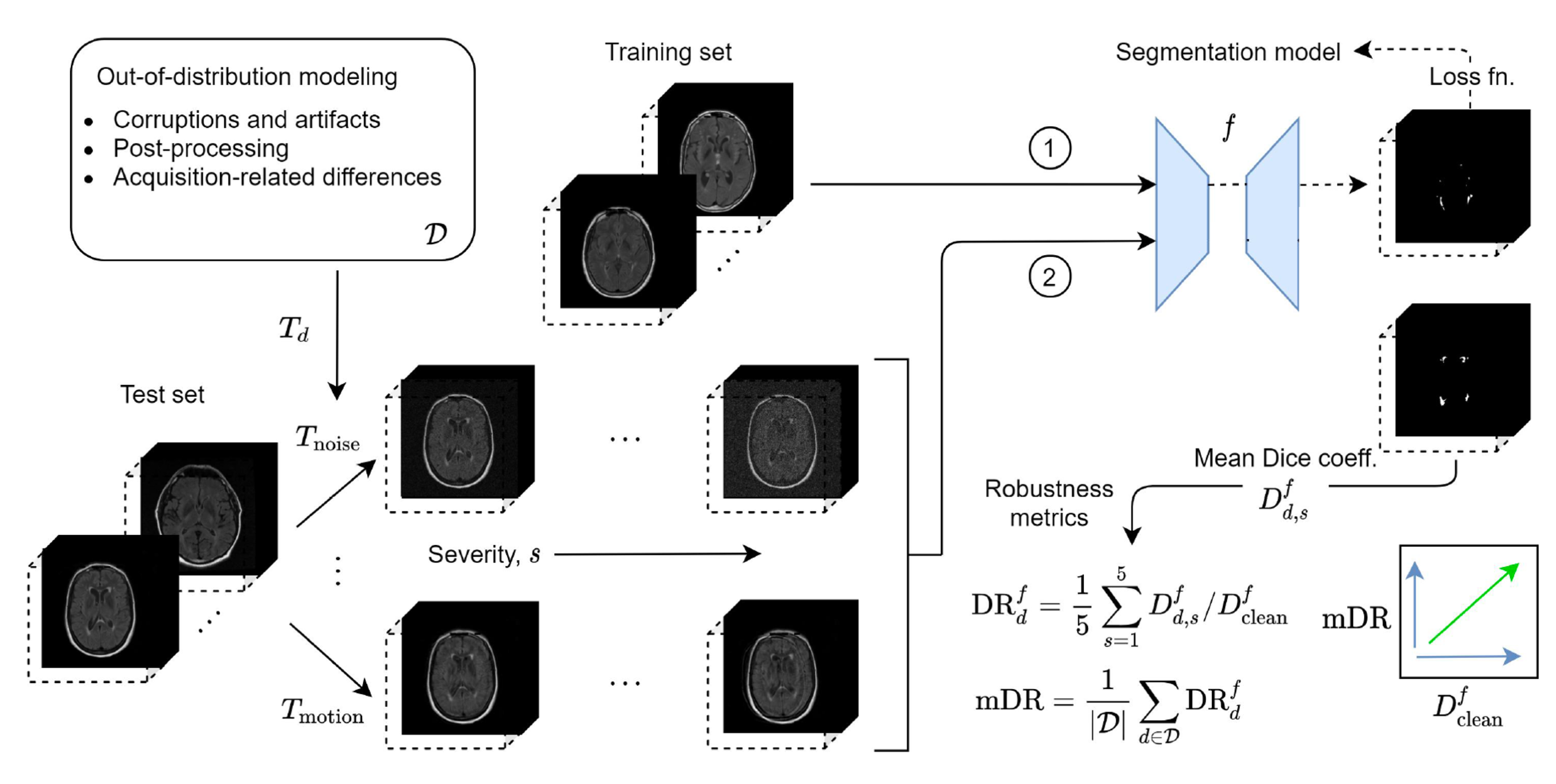
Deep Learning model benchmarking to Out Of Distribution data and corruptions in MRI
FUNDING
Our work is kindly funded by

